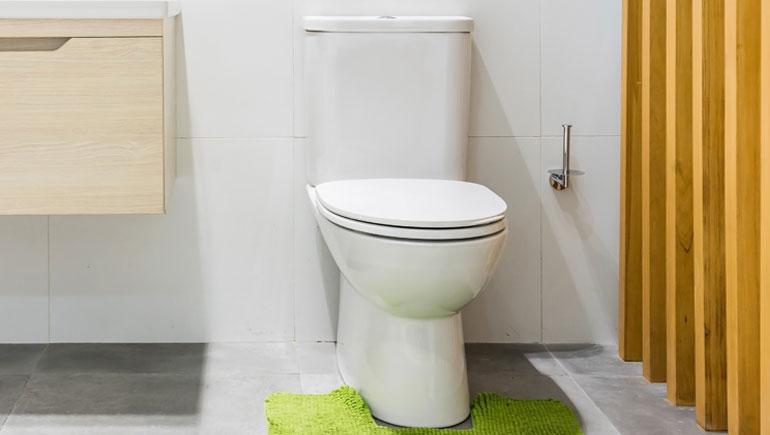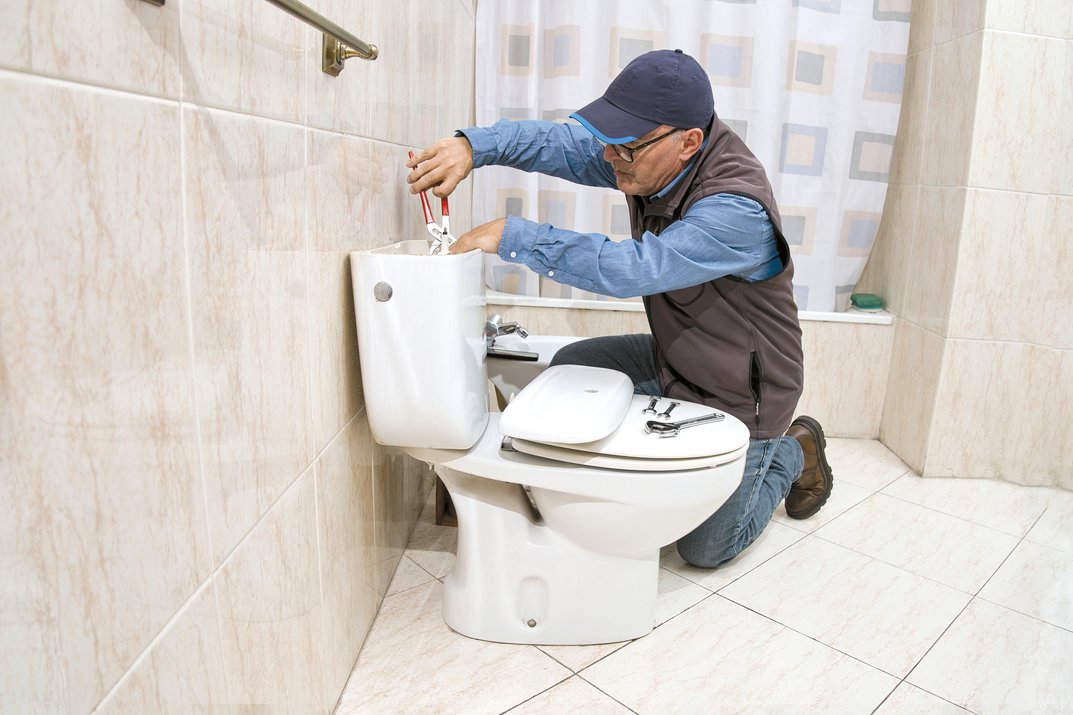For professionals in the QA industry, understanding the nuances of today's environmentally progressive technologies is crucial. One such innovation is the dual flush toilet. Embracing the dual flush toilet advantages could dramatically enhance our water conservation efforts, aligning perfectly with sustainable development goals.
Incorporating dual flush toilets within any construction or renovation project is not merely a trend but a significant advancement towards water efficiency. These toilets generally come equipped with two buttons or a lever that flushes different volumes of watera smaller one for liquid waste and a larger one for solid waste. This efficiency plays a vital role in curbing unnecessary water usage, which is a critical point for those in the QA field.

Environmental Impact
Diving deeper into the advantages, dual flush toilets represent a beacon of ecological advancement. Traditional toilets consume a substantial amount of water, contributing to depletion of this precious resource. By effectively regulating water usage, dual flush toilets are marked as a sustainable option, fitting seamlessly into eco-friendly and green building paradigms.
According to insights from water saving toilet benefits, optimizing water usage can lead to reduced water bills and a substantial decrease in wastage. This transformation not only supports environmental preservation but also significantly cuts down costs, a compelling reason for any industry to consider exceptions for dual flush toilets.
Cultural and Financial Considerations
As industries globally strive to balance cultural footprints with environmental impacts, dual flush toilets serve as an economic and ethical bridge. Their installation aids in compliance with stringent regulations and environmental benchmarks, a necessity for any QA professional pursuing sustainable construction practices.
The cost-effectiveness of dual flush toilets cannot be overstated. Though they may represent a higher initial investment than conventional systems, the long-term financial gains, including water savings and lower utility bills, make them a sound choice, as explained in eco-friendly toilet options.
Technological Trends and Advancements
Incorporating a dual flush system showcases alignment with modern technological advances and design ethos that prioritize resource efficiency. This consideration is particularly vital for industry QA practitioners who must remain at the forefront of innovation. Low flow toilet guide gives pointers on the latest trends and effectiveness of water-saving solutions.
Additionally, evolving technologies in sensor-augmented systems promise to redefine the conveniences these toilets can provide, pushing forward a future of smarter water usage.
Installation and Maintenance
One might wonder about the installation complexities when opting for dual flush systems. Interestingly, most installations are streamlined enough to not significantly deviate from traditional systems. Moreover, ensuring proper maintenance, which typically involves regular checks for leaks and ensuring proper operation of the flush valves, dual flush toilets can function efficiently for years.
For more detailed guidance regarding installation and care, the EPA's flush facts offers credible insights and practical tips to best implement these systems in residential and commercial spaces alike.

FAQs about Dual Flush Toilets
Q1: How much water can I save by using a dual flush toilet?
A dual flush toilet can save about 67% more water than a traditional system. This significant reduction contributes to substantial environmental preservation and cost saving.
Q2: Are dual flush toilets more expensive to install?
While they might be pricier upfront, the installation costs are typically offset over time by the reduced water bills and long-term sustainability benefits.
Q3: Do dual flush toilets require special maintenance?
Generally, maintenance is straightforward and similar to that of standard toilets, involving routine checks to ensure efficient functioning and leak prevention.
Dual flush toilets undeniably represent a smart investment for any industry striving to achieve sustainability milestones, enhance cost-efficiency, and project environmental responsibility.






